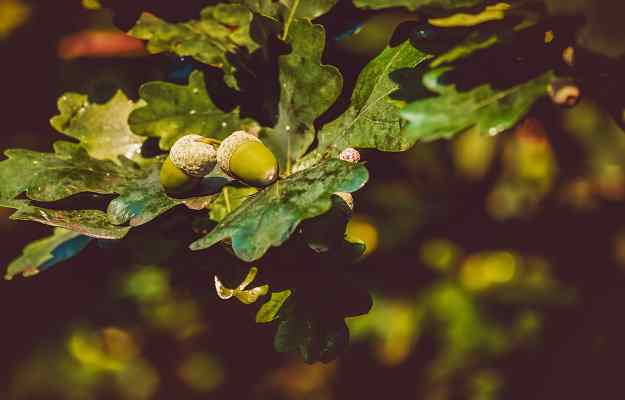Ayahuasca, or "vine of the soul", is a psychedelic brew made by mixing the bark of a vine (Banisteriopsis caapi) with the leaves of the chacruna plant (Psychotria viridis). It has been used for centuries by indigenous Amazonian tribes to cure illnesses and for spiritual reasons. Some religious groups also use it as a sacrament.
The concoction contains N,N-dimethyltryptamine (DMT) which is the main psychoactive substance. It is chemically similar to the neurotransmitter serotonin. This is what is responsible for the psychedelic effect. Users report feeling euphoric and in an altered state of consciousness; many say they feel more at peace with themselves and more accepting of their life situation.
However, there are side effects as well. Users often get diarrhoea and vomiting. Some people experience "bad trips", wherein they have terrifying visions or an overwhelming sense of loss, and a small fraction can even have psychotic breaks. While adverse reactions have not been reported in lab settings, there have been some cases of people dying after ingesting the drug. However, the cause of death remains unclear—it is possible that the drug was administered in unsafe settings and was mixed with other substances.
Ayahuasca has shown promise in the treatment of many mental health disorders such as depression, PTSD (post-traumatic stress disorder) and alcohol addiction. Psychedelic-assisted therapy maybe indeed become reality in the future—there are many studies underway to see if cognitive behavioural therapy along with psychoactive substances can be used for medical purposes.
Researchers are also looking into the potential of DMT to treat cancer and multiple sclerosis.
Traditionally, ayahuasca is administered by a shaman, or a spiritual leader, who guides the psychedelic journey. Unlike other psychedelics such as LSD, those under the influence of ayahuasca are keenly aware that they are in an altered state of consciousness so they are better able to unpack their experiences. The concept of "setting" is very important. This means that the drug should be administered in surroundings that amplify the effect of the drug without making the user feel overwhelmed or worried for their safety. It is the job of the shaman or the leader to ensure that the environment is safe and conducive to a good "trip".
Studies so far have not shown adverse long-term effects, and those who regularly take the drug do not develop a tolerance. This means that the dosage does not need to be increased to feel the effects of the drug. However, the drug is not recommended for those who have mental illnesses such as bipolar disorder or schizophrenia since it can amplify symptoms. The drug should not be mixed with alcohol or certain drugs such as antidepressants. There is a chance of adverse reactions especially in the latter.
Though the US has clearly marked ayahuasca a schedule 1 or banned drug, its legal status in India is uncertain—it is definitely not something you can easily buy at a chemist or paan shop. That said, the point of this article is not to recommend the use of ayahuasca, but to simply weigh what science has to say about the potential health benefits and side effects of the psychedelic substance that is increasingly piquing people's curiosity in India.





















